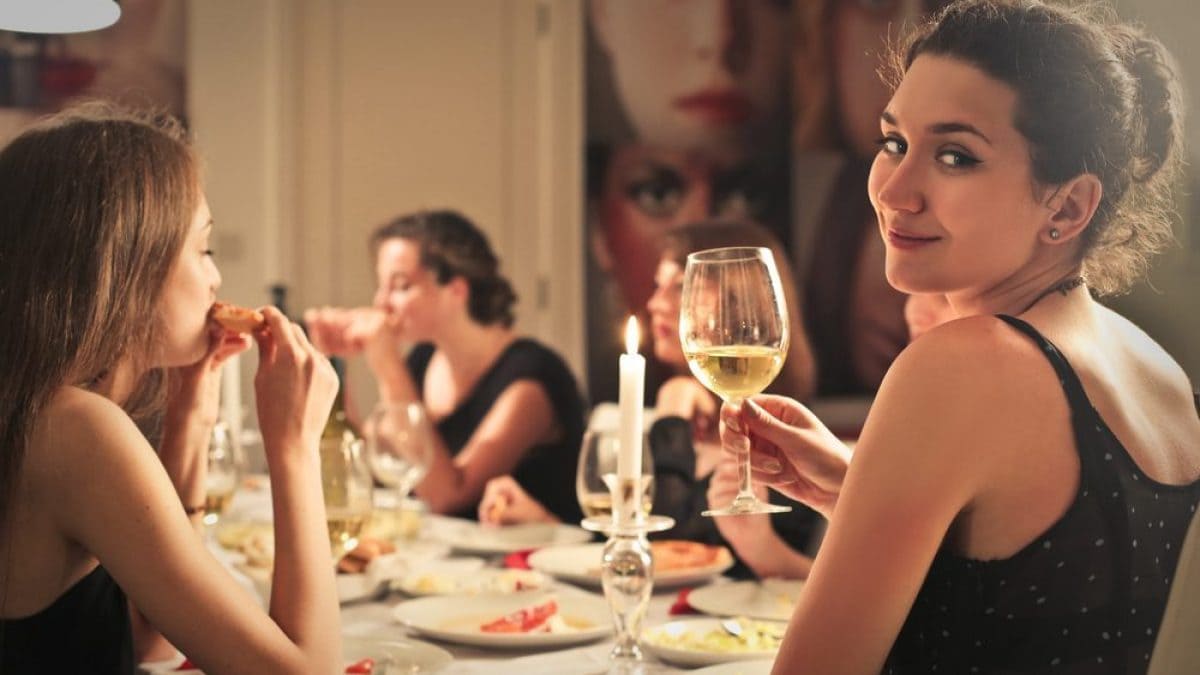
Etiquette might seem, if you're unfamiliar with it, like a set of overly rigid and outdated rules. In reality, it's a valuable aid in certain social situations and public events, helping you know how to behave without making a bad impression. This is precisely why there are a series of guidelines to guide you on the perfect behavior when dining out: it's a moment of relaxation for you and for the other diners, not to mention the fact that the restaurant is a working place. "The customer is always right," American entrepreneur Harry Gordon Selfridge said in the early 1900s, but this is true only up to a point: customers must learn to behave politely. There are right and wrong behaviors, and it's important to know them so that the experience is positive for everyone, including the staff and other patrons. So, let's see what to do and what to avoid at a restaurant to be the perfect customer.
1. Notify to Cancel the Reservation

One of the worst things you can do as a customer is not letting them know if you don't show up after making a reservation. In restaurant jargon, this is called a "no show." It's one of the most unpleasant things for restaurant owners and one of the rudest ways to appear to customers. Unfortunately, it's so widespread that some establishments have resorted to charging the "ghost" customer a penalty. Good manners dictate that you give them advance notice if you can no longer make it to the restaurant, also because it allows the restaurant owner to accommodate other reservations if necessary.
2. Notify If You Are Late

The same applies if you're late for your reservation: there's usually a 15-20 minute grace period, and it's good manners to call ahead to let the restaurant staff know so as not to put you in trouble. Precisely because many people don't let them know, some restaurants have established a rule that if you're more than a quarter of an hour late and don't receive any notification, you automatically lose your table. It's equally in bad taste, and a sign of poor manners, to book for a certain number of diners and then show up with more or fewer people: in this case too, it's best to communicate any changes in advance.
3. Greeting and Thanking
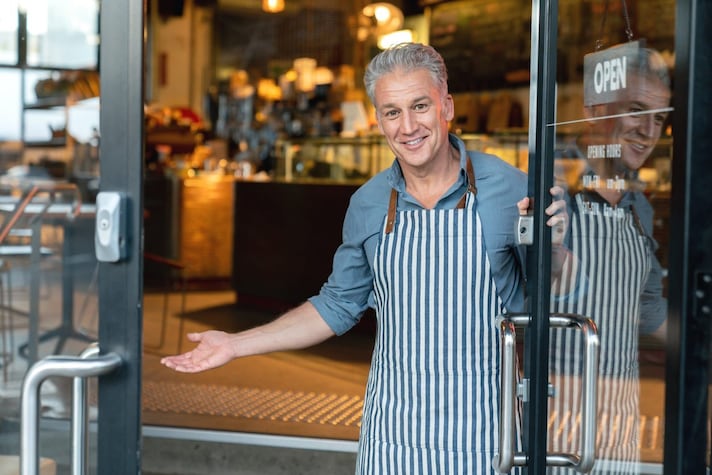
This is such a basic principle of politeness that it shouldn't even be mentioned, but in reality, too many people don't respect it: when entering and leaving a restaurant, it's good manners to greet people with "good morning" and "goodbye," just as it's polite to thank them when they're served. Always remember this: would you ever dream of entering someone's home without saying hello? The same principle applies in restaurants.
4. Never Keep Your Cell Phone on The Table
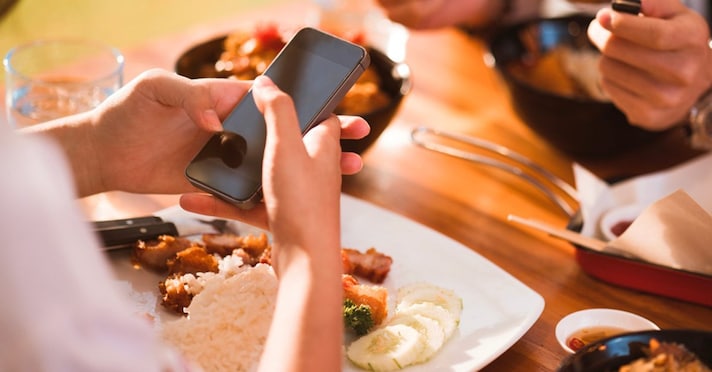
The telephone and its dependence is one of the biggest social problems of recent years, which is why etiquette is particularly strict. The rule of good manners when at a restaurant (but in reality it applies to any meal, even at home) is that your cell phone should never be on the table. The temptation to use it would be too strong; it's better to put it in your pocket or purse to avoid distractions and also to avoid hindering service. If you have an urgent call or message, good manners dictate that you get up and leave the table, excusing yourself, and that you try not to linger on the phone for too long.
5. Never Disturb Staff and Other Diners
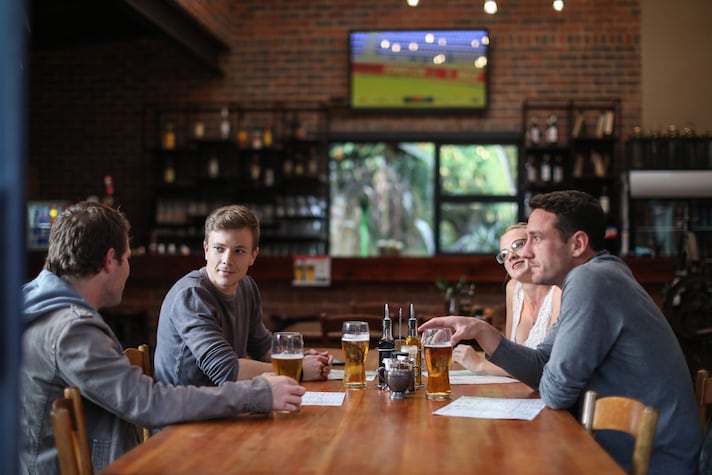
When you're at home, the atmosphere is intimate and you can indulge in conversation or loud laughter, but remember that you're not alone in a restaurant, and your enjoyment shouldn't disturb the staff or other diners. Therefore, avoid excessively loud conversation that could cause discomfort, along with raucous laughter and loud toasts: you can have fun without being rude!
6. Never Let Your Children Free

Speaking of not disturbing: if you have children and bring them to a restaurant for dinner, make sure they don't run free. They can disturb other diners and could hinder the waiters as they pass through the room with plates and trays. Keep children at the table and find ways to entertain them, and if the restaurant has dedicated play areas, take advantage of the service.
7. Good Table Manners
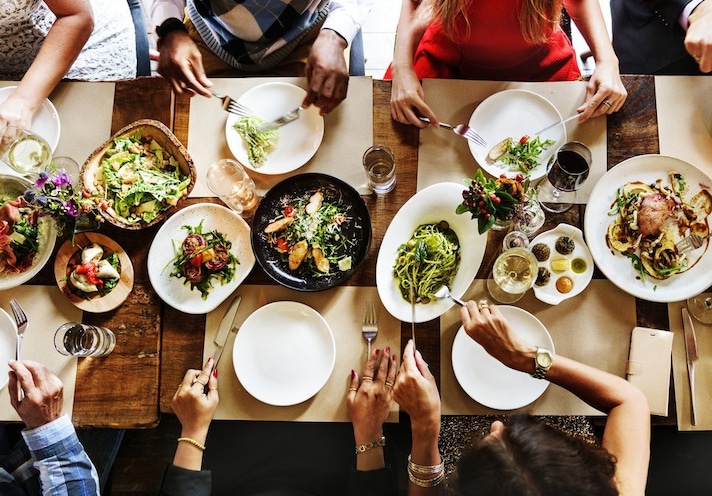
Etiquette has a whole series of specific rules for proper table manners, especially if you're at a restaurant. In general, remember that before you start eating, you should wait for everyone to be served, but only if there are no more than seven of you at the table. Above this number, you can start eating to prevent your plates from getting cold. If there are shared dishes, you should always serve yourself with the cutlery on the serving surface, not your own. Remember not to chew with your mouth open, not to speak with your mouth full, and, in general, to eat in the most appropriate manner.
8. Can You Use Bread to Make "Scarpetta"?
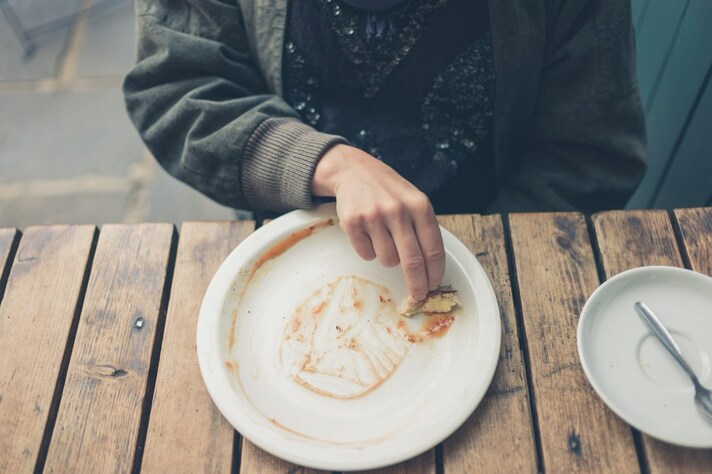
Mopping up the sauce is one of those things you've done at home without thinking twice about at least once in your life: whether it's in tomato sauce, a delicious gravies, or an inviting gravy, using a piece of bread to mop up the leftovers is a pleasure hard to resist. But what should you do at a restaurant? Legend has it that it's considered bad manners, but that's only partly true: etiquette advises against mopping up the sauce in particularly formal settings, especially because of the risk of getting it dirty. However, in more informal or family gatherings, it can be acceptable, as long as it's done elegantly and without getting dirty. How? It's easy: to limit the damage, you can use a fork to pierce a piece of bread and mop up the sauce, avoiding using your hands.
9. Never Call The Waiter Loudly or With Rude Gestures
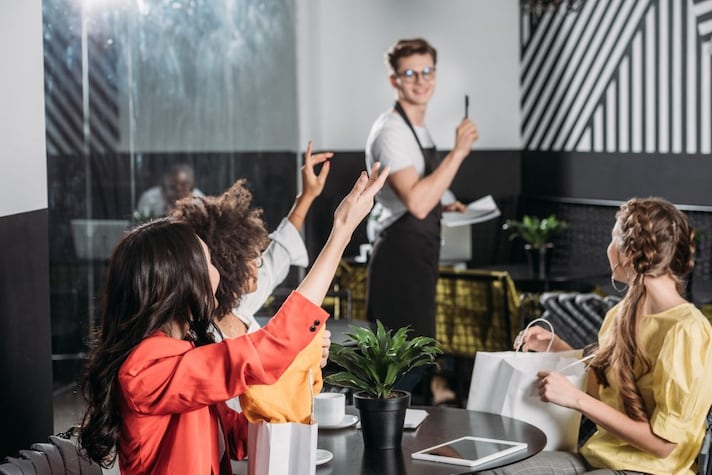
Addressing the waiter in a loud voice, snapping your fingers, or whistling violates all rules of etiquette: it's considered impolite and disrespectful to those who are working to ensure you have a pleasant evening. To call the waiter, you need to make yourself known effectively but discreetly, for example, by catching his attention when he's looking at you or passing by your table, but with a gentle "excuse me" or a moderate wave of the hand.
10. Specify Any Intolerances or Allergies Immediately

When ordering, it's a good idea to politely specify any dietary restrictions so that the waiter, chef, or other staff member can promptly adjust the dish accordingly. It's becoming increasingly common for kitchens to stock products suitable for celiacs or those with various intolerances.
11. Avoid Passing Empty Plates to The Waiter
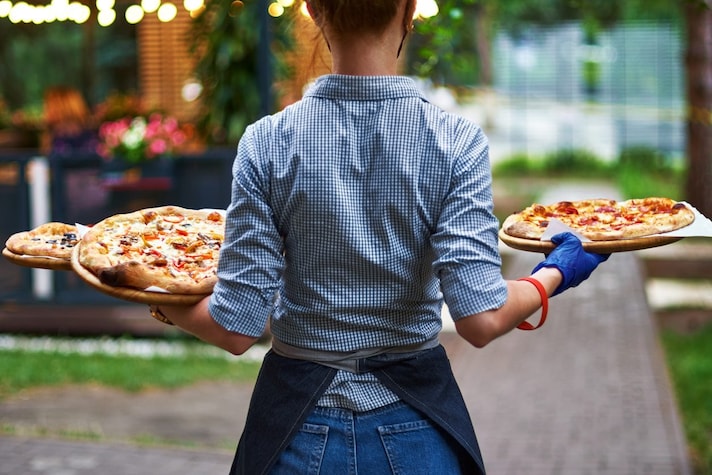
Passing empty plates to the waiter while he's clearing the table is a gesture that, when done, comes from the best of intentions: if it comes naturally to you, it means you're a kind and polite customer. Before you do so, however, ask the waiter if you can help: sometimes, without you realizing it, you could cause difficulties for the waiter, who, otherwise, follows a precise schedule to clear the table and clear away the dishes in the shortest possible time.
12. Leave the Table Tidy
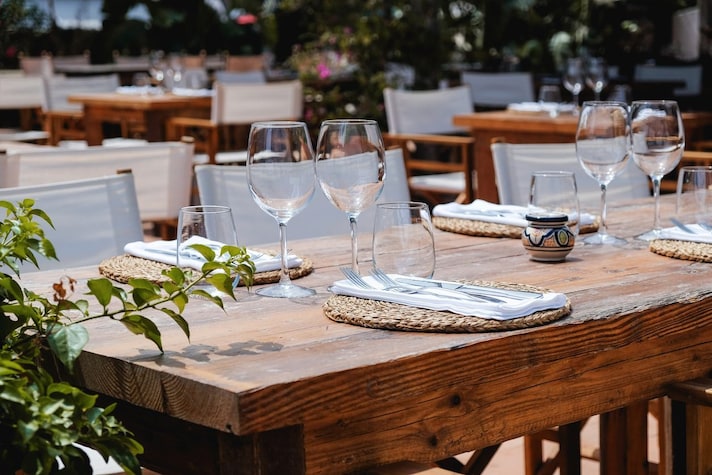
Leaving the table where you ate in a mess is considered very rude: just because someone is there to clean it up doesn't mean you're allowed to make a mess. Don't ball up napkins, but fold them before you get up; don't throw breadcrumbs everywhere, but break them on your plate; try not to excessively stain the tablecloth.
13. Ask For a Doggy Bag

Remember that leaving too many leftovers is considered rude because it indicates you didn't enjoy the meal, as well as causing significant food waste. But sometimes you order more dishes than you can actually eat, so what should you do in these cases? Don't be shy about asking for a doggy bag, which is a box where leftovers are stored so you can take them home. This is an increasingly common practice in many restaurants and a great way to avoid wasting cooked food.
;Resize,width=767;)
